Dee Estuary Birding
Monthly Newsletter...
April 2024
Newsletter
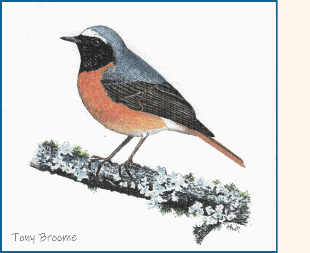
The Spring Migration

The Spring Migration starts around early March and can still be underway in early June, but it no doubt peaks in the second half of April and into early May. It can be an exciting and magical time - waking up on a spring morning to find Wheatears in every field and Willow Warblers in every bush. It's about far more than just those two species, of course, and it's exciting because we see species rarely recorded here at other times of the year. No spring is the same and we will remember days when the beach is covered in White Wagtails, or four or five Ring Ouzels in one field, or hearing dozens of Whimbrels calling on the shore, or a mega rarity turns up, or....... So I thought I'd recount some of these magical days from the past few years.
May 2nd 2012 - Willow Warblers and
Wheatears
I quote from the Hilbre Bird Observatory Blog for May 2nd 2012 "Today saw almost certainly the largest ever fall of migrants recorded at Hilbre since the Bird Observatory was established in 1957". It had been a miserable April, and the last week had included gales and torrential rain, but April 30th saw a vast improvement and by May 2nd there was a warm south-easterly airflow and the birds reacted accordingly. Observatory members on their way to the island at first light knew something amazing was happening when they counted 72 Wheatears around the West Kirby Marine Lake Car Park! When they reached Hilbre birds were everywhere and it was like that all day. Next I quote Matt Thomas (Hilbre Ranger) from his 'From the Muddy Banks of the Dee' Blog - "Looking around it was as if a Wheatear bomb had gone off. All along the west side of the island were Wheatears. Some loafing on the grass, others scromping grubs from the sandy cliffs. If you got one in the viewfinder of the camera there was almost always another in the same frame. There must have been around two hundred of them during the course of the day but their numbers were dwarfed by the amount of Willow Warblers that fell from the skies. Final total was 800. You looked at every bush, fence post and there was a Willow Warbler there. I walked out of the garden of the Bird Obs and nearly trod on one. I have never seen anything like it before." Other Hilbre highlights that day were six Common Redstarts, 3,000 Swallows and 250 House Martins.
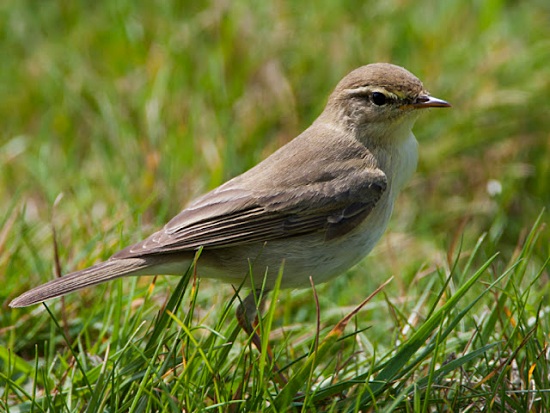
"Hopping so close I had to retreat to fit it all in the frame of the camera".
Common Redstarts
Fabulous birds to see with their red breast and
tail, in the sun they really stand out like red jewels. Most pass
through here in the last three weeks of April with a few stragglers in
May. We rarely see any at other times of the year here on the coast
although they do breed inland in small numbers in both Cheshire and
Clwyd.
Two years stand out - 2014 and 2015. April 2014 started well with singles recorded at various locations between 8th and 20th then on the 21st six were at Leasowe Lighthouse with birds also at Hoylake and Hilbre. There was a total of 42 records that year, the highest in recent years.
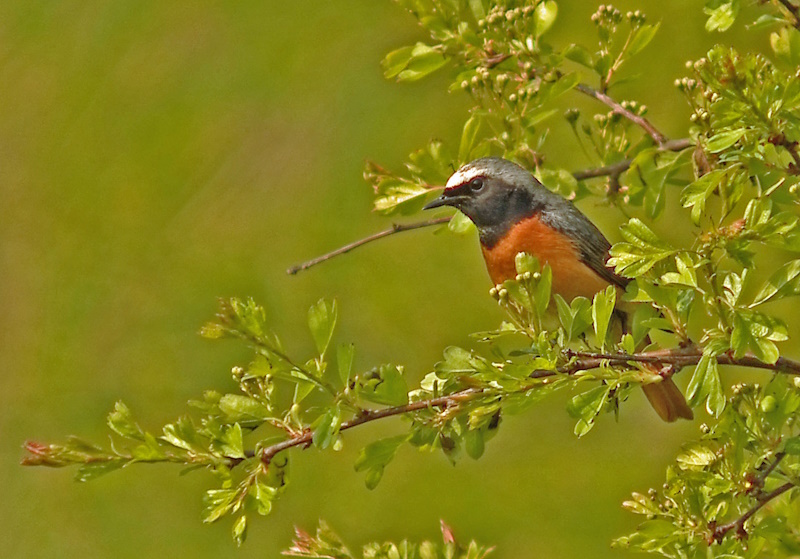
The total in 2015 was not quite as high, with 37,
but one day stands out - the 17th April. It had been a good week with
three
at Red Rocks on the 15th and four males at Leasowe Lighthouse on the
16th. The 17th started well with two stunning males along Park Lane
(near the Lighthouse) at 8am. During a visit in the afternoon it
quickly became apparent there had been a second arrival of birds with
an additional eight Common Redstarts logged, making an incredible 10
for the day and 19 for that week.
Ring Ouzels
The Ring Ouzel migration can be quite prolonged with
the few we see in March thought to be British breeding birds whereas
the higher numbers we get in April mostly breed in Scandinavia. Most
come down to feed for a few hours before moving on but occasionally we
will get one that stays for several days. I remember a lovely
male bird in Heswall Fields NT in 2007 which stayed for a week, one day
it was joined by another male plus a female. That same April a
female Ring Ouzel was in a field just below Stapledon Woods for five
days, a five minute walk from my house - fantastic!
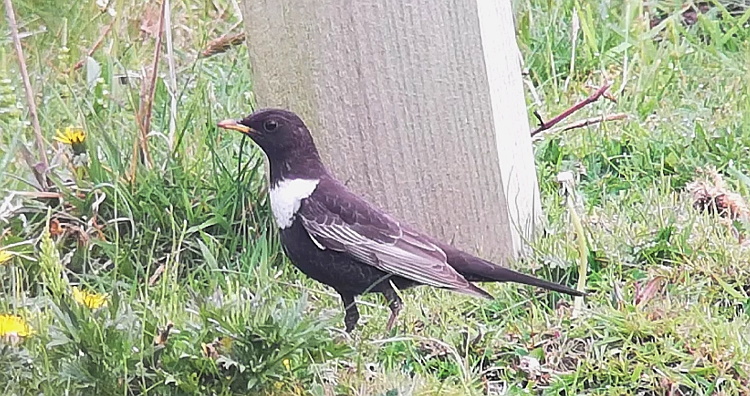
But it was 2019 which stands out with the highest
numbers this century. Things started quite slowly with just one record
in March that year. Three, at Leasowe Lighthouse on the 8th, was a good
start to April but it wasn't until the 15th that we started seeing them
every day. The 18th was outstanding. We had a flock of seven in one
field at Leasowe Lighthouse with at least 10 in the area. That same day
there were also Ring Ouzels at Red Rocks (three), Hilbre, Burton and
Caldy making for a total of at least 16. The total number of records
for Spring 2019 was 43, the next highest this century was 37 in 2014
with the average being 20.
Yellow Wagtails
Stunning looking birds. Although we've had good
numbers of Yellow Wagtails since, especially in 2019 as described
below, I've never seen a flock of them as there was in early May 2011
and I quote from the Dee Estuary June 2011 Newsletter:
They were like bright yellow leaves blown by a swirling wind. Sorry to go all poetical on you but that's what I thought whilst watching a flock of 25 Yellow Wagtails in the horse paddocks by Leasowe Lighthouse on the 5th. Earlier in the day over 40 had been reported here and by the evening numbers had built up to 58 - these must be the highest numbers here for well over 20 years where anything over 10 is usually considered exceptional. What intrigued me was the way the large flock were behaving, very restless, constantly on the move and swirling around in flight in contrast to the behaviour of most Yellow Wagtails here which usually just stay on the ground busy feeding. It was nice to see so many females in the flock, looking as beautiful as the males but much more of a pale primrose colour as opposed to the males' bright buttercup yellow.
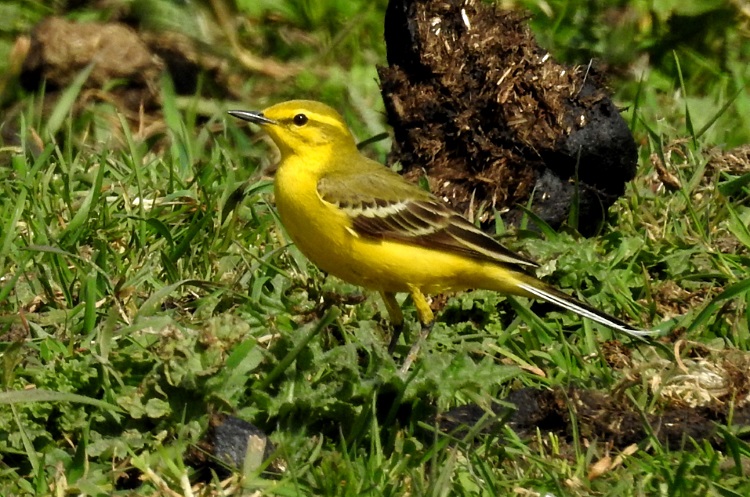
As mentioned above, April 2019 was an excellent
month for Yellow Wagtails and I can do no better than to quote from my
Newsletter again (May
2019):
It's been a great year for Yellow Wagtails with a max count of at least 40 at Leasowe Lighthouse on the 22nd. Hilbre rarely gets more than ones and twos as most fly over, so it was fantastic to have 23 on the island on the 21st and 31 two days later. Channel Wagtails (Yellow/Blue-headed Wagtail intergrade - M f flava x favissima) are unusual here, and we rarely get more than the odd one, so to get seven records was great. Two turned up at Burton Mere Wetlands on the 14th and later in the month we had a few at Leasowe Lighthouse. But the sumptuous icing on the cake was the arrival of a Spanish Wagtail (Motacilla flava iberiae) found by Stan Davidson in Kerr's Field at Leasowe on the 26th, despite gales and rain on the 27th it was still present on the 28th and briefly the next day.
Whimbrels
I love to go down to the estuary between West Kirby and Heswall in late April and early May to hear the Whimbrels with their seven whistle call. At that time of year many of the other waders have already left us so you really notice the Whimbrels which are passing through here on their way between West Africa and Iceland. On an incoming tide they often perch on the rocks on the stretch between Caldy steps and the causeway at Dee Sailing Club, giving very good views and an opportunity for photos.
As the tide comes in further the Whimbrels make
their way to Heswall shore, and here a large roost gathers. We've had
record numbers here over the past few years with peak counts as follows:
142 May 6th 2020
173 May 1st 2021
211 May 5th 2022
184 May 2nd 2023
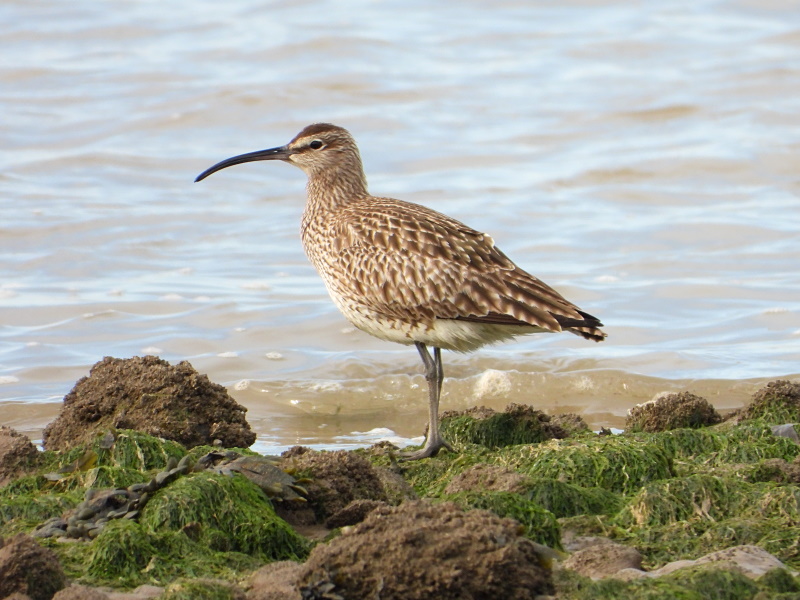
Rarities
The spring migration is a great time for spotting
rarities and I finish this article with a selection from 2007 to 2023.
Red-breasted Flycatcher, Hilbre 2007; Whiskered Tern, Inner Marsh Farm,
2008;
Red-rumped Swallow, Leasowe Lighthouse, 2008, 2009, 2010 and 2011;
Stone Curlew, Leasowe Lighthouse, 2009; Bluethroat, Leasowe Lighthouse,
2010 and 2022; Nightingale, Hilbre, 2010; Citrine Wagtail, Red Rocks,
2014; 9 Surf Scoters, Hoylake, 2015; 3 Dotterels, Meols, 2015;
Nightjar, Hilbre, 2016; Shorelark, Hilbre, 2017; Gull-billed Tern,
Burton Mere Wetlands, 2018 and 2023; Spanish Wagtail, Leasowe
Lighthouse, 2019;
Collared Pratincole, Leasowe Lighthouse, 2021; Bonaparte's Gull, Burton
Mere Wetlands, 2021; Black-winged Stilt and Savi's Warbler, Burton Mere
Wetlands, 2023.

So I hope you've enjoyed reading what has happened
in previous years, we can now look forward to April 2024!
Richard Smith
Colour Ring Report
Oystercatchers

There
were two Icelandic ringed Oystercatchers roosting on Hilbre on March
16th, they had almost identical rings on them but it was pure
coincidence as they had been ringed several years and 370Km apart. For
both birds this is the first record for them outside of Iceland.
YW-W(KC)
Ringed at Selfoss Golf Course (SW Iceland) on
2/6/2022, an adult caught on a the nest with chicks almost fledged.
Several days later it was seen rearing one chick and was last seen in
the area in July 2022.
It returned to Selfoss early April 2023 and was seen rearing two chicks
in June before being recorded on Hilbre on 16/3/2024.
YN-W(KC)
Ringed on the east coast of Iceland by the Bleiksa
River on 21/5/2017, an adult caught on a the nest with chicks almost
fledged.
It has been recorded breeding at the same site every year since, and
often with chicks.
Recorded on Hilbre on 16/3/2024.
Knots
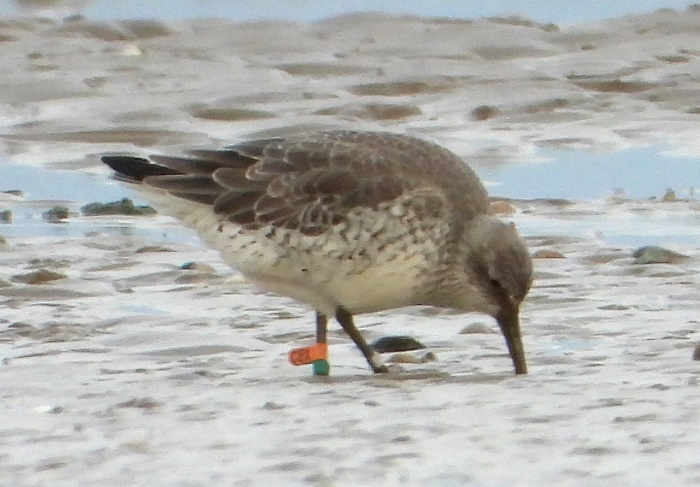
Oflag(CEX)/G
Fitted with a
metal ring at Beaumaris in January 2010. It was a first winter bird so
we know it will be 15 years old this summer, 2024 - a good age for a
Knot.
It was fitted with an orange flag at Altcar in March 2018 and has been
a regular at Formby, Seaforth, Ainsdale, West Kirby, Meols and
Thurstaston.
Outside the area at has been recorded at Findhorn Bay (NE Scotland),
Bangor (North Wales) and at Grunnafjördur on the west coast of Iceland
in May both in 2022 and 2023.
Recorded at West Kirby and Thurstaston, March 2024.
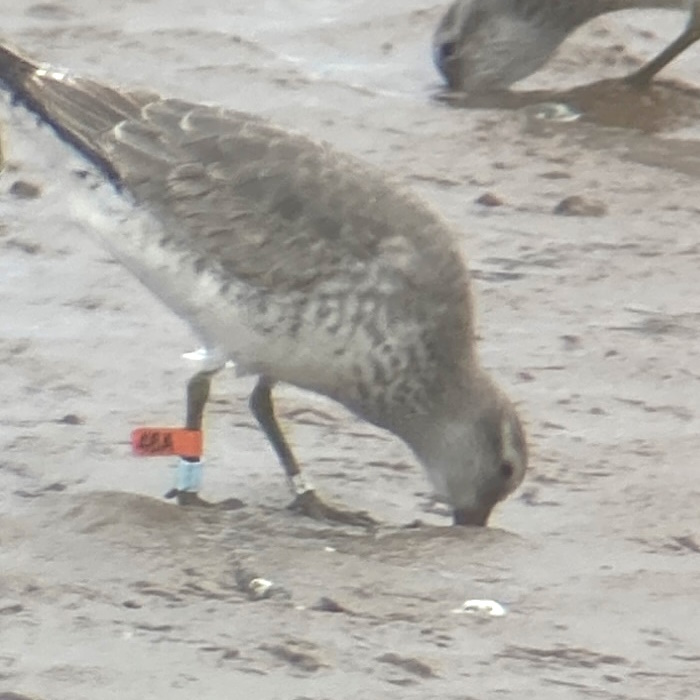
Oflag(48A)/P
Ringed at
Ynyslas (Cardigan Bay) on 13/12/2023 which makes it our 'newest' ringed
bird, although at the end of March we hear more were ringed at Bangor
which we look forward to seeing here in the coming weeks.
Recorded at Thurstaston and West Kirby in January 2024, and at
Thurstaston and Meols in March 2024.
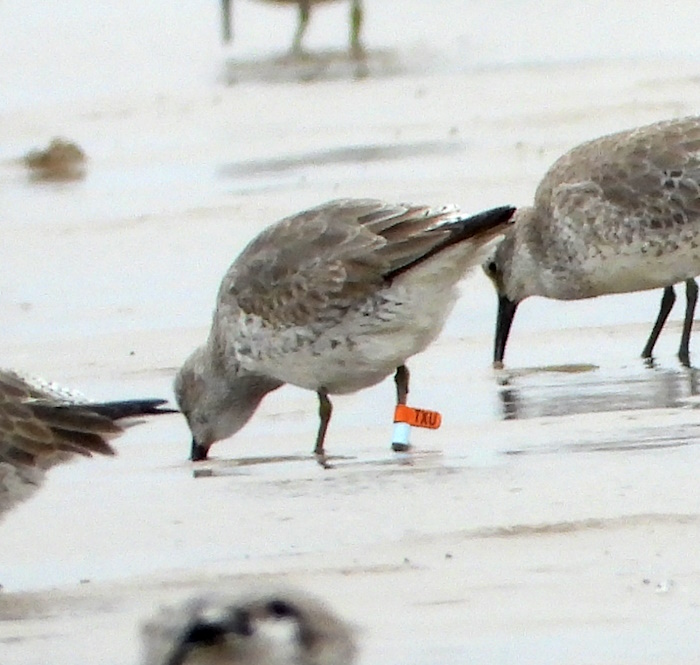
Oflag(TXU)/P
Ringed at Ynyslas (Cardigan Bay) in October 2023.
This one has shown some interesting movement this winter - after being
at Ynyslas in October it was at Thurstaston in November, Porthmadog in
December before making it's way back here being recorded at both
Hoylake and Meols in March
2024.
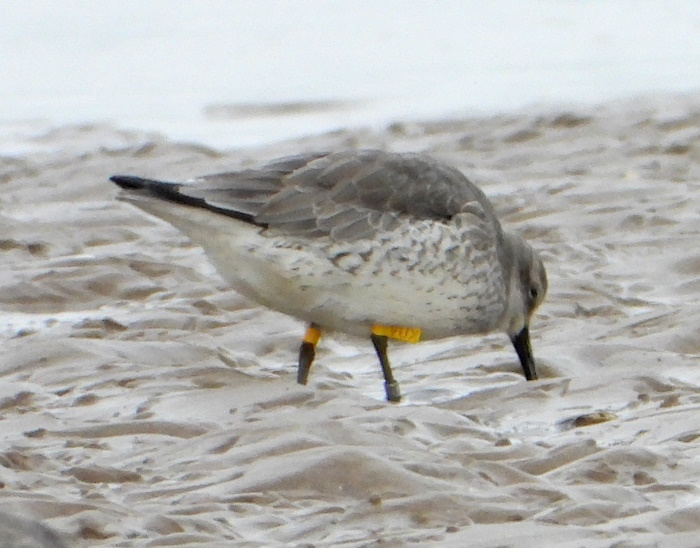
Y-Yflag(VUX)
Ringed in north-west Iceland in May 2014.
After being recorded at Southport four times in 2014, 2016 and 2017
it's first record on the Dee Estuary was at Thurstaston in February
2018.
It was seen in north-west Iceland again in May 2018 since when it has
been a regular at Southport, Formby, Thurstaston and Meols.
Recorded at Thurstaston on 8/3/2024.
Note the
flag on this Knot is very faded and some of the others ringed at the
same time have become unreadable, luckily we can still read this one.
Colour Rings were recorded by Richard
Smith, Stephen
Hinde, Tony Ormond, Richard du Feu, Colin Schofield, Andrew Bennett,
Sean O'Hara, Alan Hitchmough, Steve Williams and Richard Sturman.
Richard Smith
March Bird News
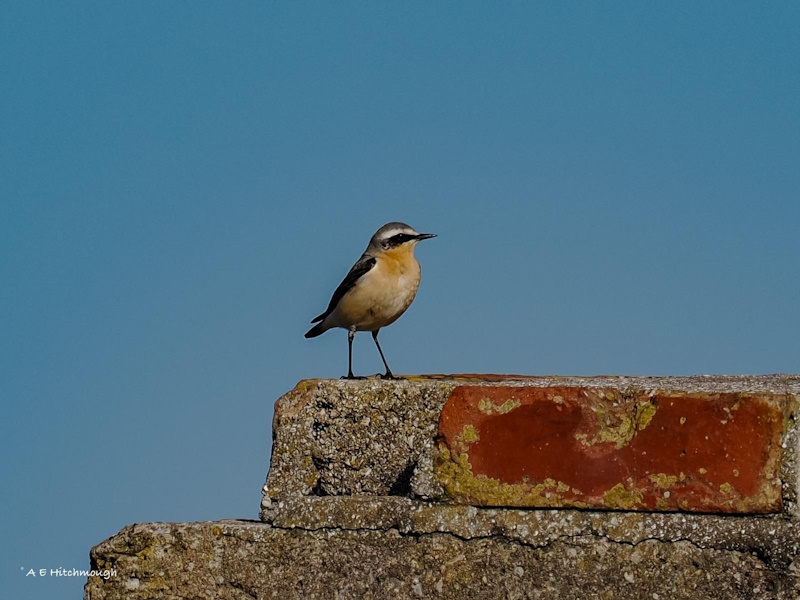
The table below shows the arrival dates of the first migrants to arrive for a select number of species, compared to the previous three years. There was a lot of southerly winds during March so I was a bit surprised we had to wait until the 16th to see our first Whearear, and I've never a Willow Warbler to arrive first!
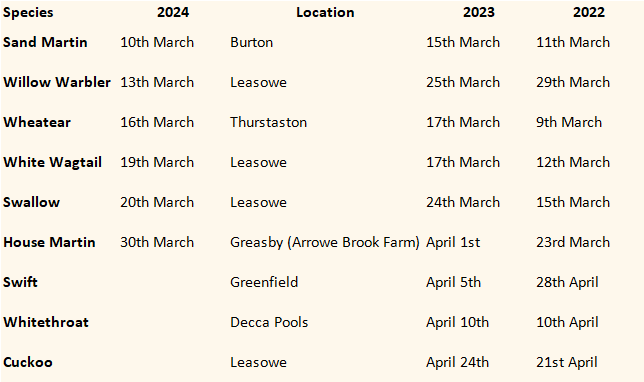
There was just one March Ring Ouzel which was on Middle Eye on the
21st. The first Sandwich Tern was off Leasowe, also on the 21st, and an
early Grasshopper Warbler was on Neston Marsh on the 31st. On the 5th
86 Little Gulls flew past Leasowe and four Long-tailed ducks were on
the
sea, during a fresh westerly, on the 23rd, 72 Gannets and
5 Eider were recorded from Hilbre. A Black Redstart was at Fort Perch
on the 21st. Our first Osprey came through on the 21st, catching a fish
near Hilbre, with a second bird over Burton the next day.
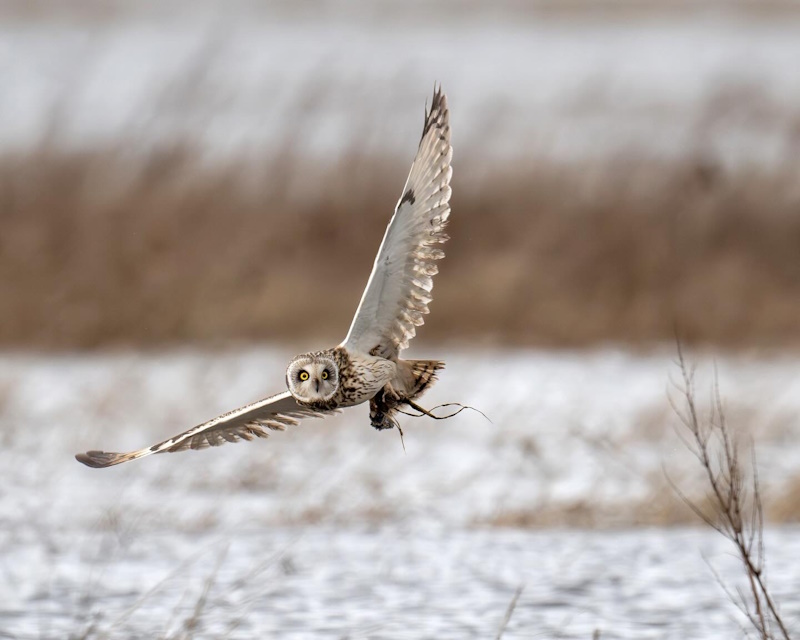
The big tides from the 10th to the 14th resulted
in some great bird watching - including 5 Short-eared Owls and 43
Red-breasted Mergansers off Riverbank Road, Heswall on the 10th. The
next day over 30 Brent Geese were seen there and there were six
Short-eared Owls at Denhall Quay.
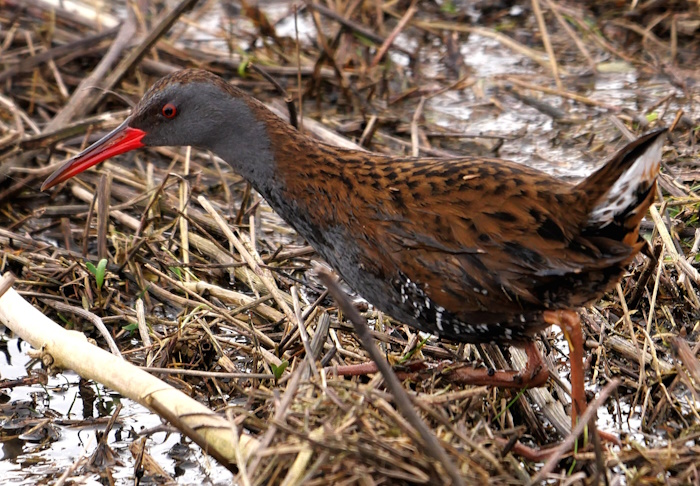
Perhaps the most unexpected bird this month was
a Leach's Petrel off New Brighton on the 24th after some strong
south-west winds. Not totally unprecedented though, we had one at New
Brighton in February 2002 and one off Point of Ayr in March 2007.
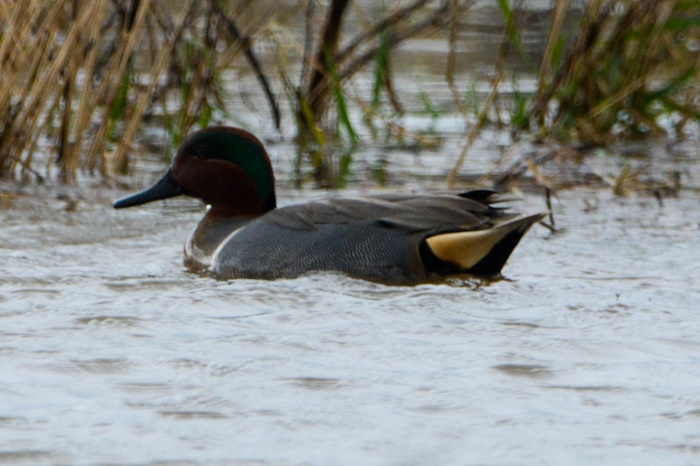
Other rarities included a Green-winged Teal off Heswall Fields NT on
the 9th, probably the same one which was there last year. It was seen
from Riverbank road on the 12th and Parkgate on the 13th. An Iceland
Gull was a nice find in the gull roost at Hoylake on the 26th. A white
morph Gyr Falcon was seen flying over fields at Meols on the 4th, a
great record although there is always the likelihood that it was an
escaped falconer's bird.
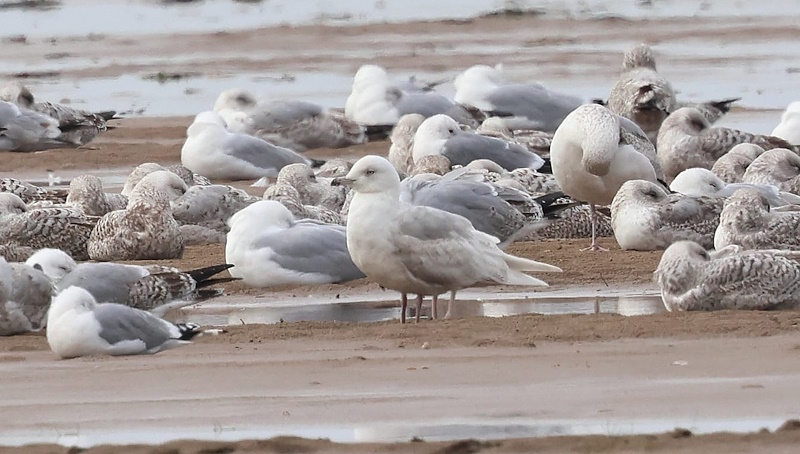
What to expect in April
As well as those species already mentioned in the above 'The Spring
Migration' article there are plenty of others to talk about. Mid-April
is when the first Whinchats start appearing, they winter in Central
Africa so have come a good distance. White Wagtails have been flying
through in ones and twos since mid-March but numbers usually peak in
mid-April and there can be a hundred or more on the shore at Hoylake
and Red Rocks feeding on sand flies. Listen out for reeling Grasshopper
Warblers, they can appear just about anywhere. We always look forward
to seeing Garganeys at this time of year, they are usually in pairs and
Decca Pools is often a good spot to see them, but they can turn up at
any good size pond or flash.
We usually see one or two Pied Flycatchers and the
first Spotted Flycatcher should have arrived before the end of April.
The increasingly rare Wood Warbler is one to look out for.
Ospreys will be flying over, we had a record 25
during Spring last year. As well as Whimbrels mentioned above, two
waders I always love seeing at this time of year are Black-tailed
Godwits and Knots. By the fourth week of April both species will be in
full
breeding plumage and looking stunning. Knots are more difficult to find
but are often feeding up at Meols, or early morning at Thurstaston. But
the knot will not only be moulting into breeding plumage, they will
also be showing some interesting behaviour which we only ever see in
April. Flocks of Knots are seen to fly quite high then circle round and
round, mostly gliding, for some considerable time. Off Thurstaston
we've seen them gradually drift down towards the mud as if going to
land then start gaining height again and re-start the gliding activity.
This has also been noted at Southport even when there's plenty of
roosting space on the beach. Presumably this is preparation for their
long flight to Iceland in May and onwards to Greenland and Canada to
breed.
There is another set of big tides, from the 8th to
the 11th. Pink-footed Geese numbers will still be high on the marshes
and no doubt will look spectacular in their thousands. They will be
leaving through this month and a big tide sometimes causes them to
start moving north - an amazing sight.
Forthcoming Events
April Highest Spring Tides (Liverpool)
Also see Tides page.
8th April, 11.36hrs (BST), 9.9m.
9th April, 12.19hrs (BST), 10.2m.
10th April, 13.027hrs (BST), 10.2m.
11th April, 13.43hrs (BST), 9.9m.
Forthcoming Events
Also see events at https://events.rspb.org.uk/deeestuary